Wielka toaletowa rewolucja w Indiach

Wiodące międzynarodowe firmy związane z branżą sanitarną bezustannie prześcigają się w poszukiwaniu coraz bardziej ekologicznych i ograniczających kontakt z bakteriami i brudem sposobów na ulepszenie toalet. Już nie tylko we własnych domach, ale też w miejscach publicznych, możemy zupełnie spokojni o zdrowie i higienę korzystać z nowoczesnych łazienek, wyposażonych w pokryte antybakteryjną powłoką i specjalny filtr HEPA suszarki do rąk, bezdotykowe dozowniki mydła, czy też bezwodne, zaprojektowane tak, aby nie roztaczały nieprzyjemnego zapachu moczu, pisuary. W naszych łazienkach prym wiedzie coraz dalej postępująca automatyzacja mająca ograniczyć przenoszenie zarazków, w Indiach z kolei trwa intensywna walka o to, aby ludzie w ogóle zaczęli dostrzegać problem przenoszonych w czasie załatwiania potrzeb fizjologicznych chorób.
W poszukiwaniu sanitariatu u sanitariuszy
Sytuacja materialna mieszkańców Indii, żyjących nierzadko na podatnych na suszę i nieskanalizowanych terenach, jest niezwykle trudna. Przy miesięcznych zarobkach całego gospodarstwa domowego nieprzekraczających kwoty 10 000 rupli, zebranie 15 000 rupli na budowę odpowiednio zabezpieczonej, pozwalającej na utrzymanie absolutnie podstawowych zasad higieny, latryny, jest zadaniem przerastającym możliwości całych wiosek. Z tego też powodu od niepamiętnych czasów tamtejsi ludzie załatwiali swoje potrzeby fizjologiczne tam, gdzie tylko mogli – najczęściej, niestety, po prostu za jakimś krzakiem, pod gołym niebem. Ci, którzy, tak jak Kokila Damor, 34-letnia matka trójki dzieci, nie chcieli się kulić w ustronnych miejscach, marznąc na deszczu w porze deszczowej lub chowając przed ludźmi w świetle dnia, musieli szukać pretekstów na przykład na wizytę w szpitalu i możliwość skorzystania z tamtejszych toalet. Wyposażone w drzwi, światło i wodę sanitariaty były luksusem dla którego warto był wstać nawet o 4 nad ranem.
Dać się spłukać dla higieny
Brak prawdziwych toalet wiążę się zresztą nie tylko z dyskomfortem, strachem i potencjalnym, grożącym w razie zauważenia, wstydem. To także ogromne zagrożenie epidemiologiczne, gdyż choroby spowodowane złymi warunkami sanitarnymi i skażeniem wody zabijają na świecie około 1,4 miliona dzieci rocznie, przebijając tym samym łączną liczbę zgonów powodowanych wśród nieletnich przez odrę, malarię i AIDS. Rząd Indii wychodząc naprzeciw problemowi zdecydował się zatem na rozpoczęcie „Misji Czyste Indie” i przeznaczając na to miliardy dolarów, przez cztery lata, od października 2014 roku do tego samego miesiąca 2018 roku, zbudował ponad 86 milionów toalet. Jednak, w tym liczącym 1,25 miliarda ludzi kraju, to nadal zbyt mało – co prawda szacunkowa liczba ludzi wciąż załatwiających swoje potrzeby fizjologiczne gdzie popadnie spadła z 550 do mniej niż 150 milionów, ale na horyzoncie pojawił się kolejny, nieco bardziej złożony problem.
Łazienkowe podchody
Niestety, po rozpoczęciu szeroko zakrojonej akcji budowy szaletów okazało się, że problem nie tkwi jedynie w konieczności zebrania znacznej sumy pieniędzy. Czasem więcej pracy, niż w budowę toalety, trzeba było włożyć w uświadomienie miejscowych ludzi, dlaczego w ogóle powinni z niej korzystać. Bez odpowiednich pogadanek i pokazania, jak muchy żerujące na pozostawianych na otwartych przestrzeniach nieczystościach przenoszą brud na wodę i jedzenie, nierzadko zdarzało się, że biedne wiejskie społeczności decydowały się na wykorzystywanie zbudowanych dla nich publicznych łazienek jako zwykłych magazynów. Aby zmotywować przyzwyczajoną do swojego stylu życia ludność do bardziej higienicznego postępowania zdecydowano się, prócz dalszego edukowania na temat zagrożeń dla zdrowia, na powołanie specjalnych porannych patroli uzbrojonych w gwizdki i łapiących na gorącym uczynku oraz publicznie piętnujących osoby załatwiające potrzeby fizjologiczne poza wyznaczonymi do tego miejscami.
Na dobrej drodze
Indie nie są pierwszym krajem, który podejmuje intensywną walkę z defekacją w niewłaściwych miejscach. Podobną akcję, przeprowadzoną zresztą z dużym sukcesem, ma za sobą Bangladesz. Oczywiście, jest on krajem o znacznie mniejszej liczbie ludności, jednak sam fakt, że udało się tamtejszych mieszkańców bardzo szybko i skutecznie przekonać do tego, aby za potrzebą ruszać nie w kierunku krzaków, a toalet, napawa optymizmem wobec powodzenia wojny wypowiedzianej nieczystościom przez władze Indii.
Wpis powstał na podstawie artykułu AFP.
Ryszard Kurek
Wszelkie prawa zastrzeżone. Żaden fragment publikacji (tekst, grafika, obrazy, zdjęcia, pliki oraz inne dane) prezentowany w sklepie internetowym OLE.PL nie może być powielany lub rozpowszechniany w żadnej formie i w żaden sposób bez uprzedniego zezwolenia. Wszelkie znaki towarowe, znaki graficzne, nazwy własne i inne dane są chronione prawem autorskim i należą do ich właścicieli.

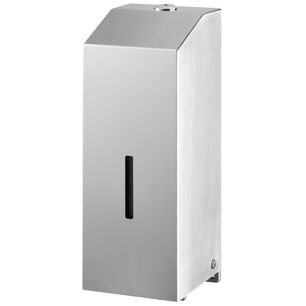


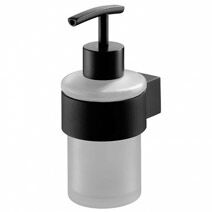








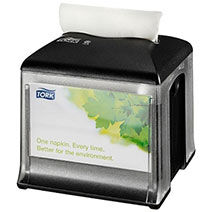

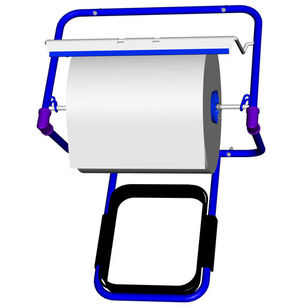





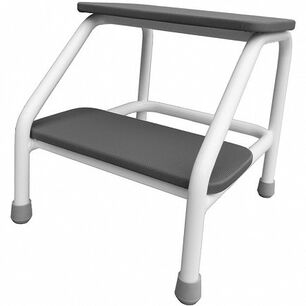
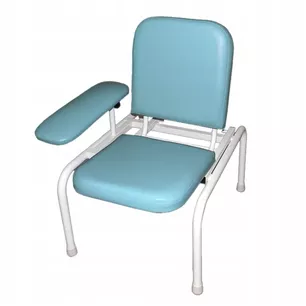
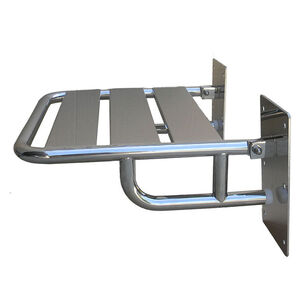
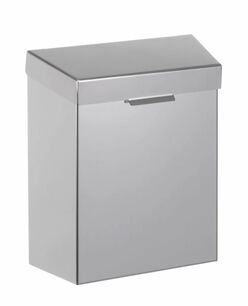

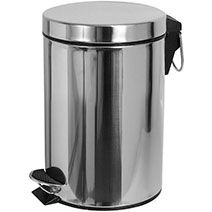
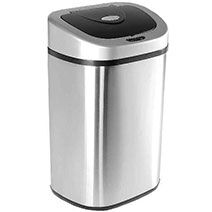
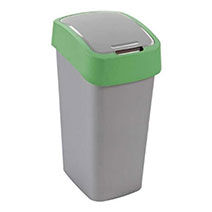
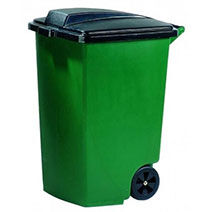
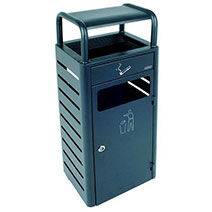
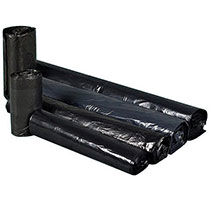

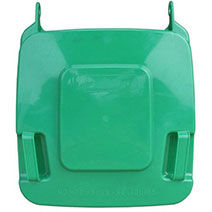


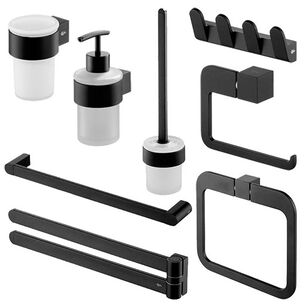




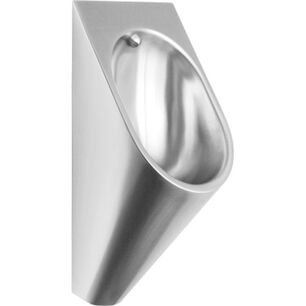

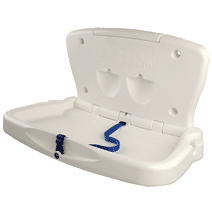


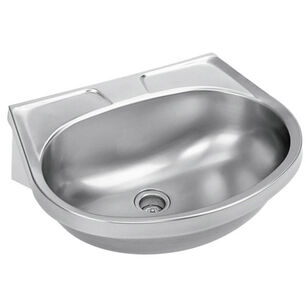







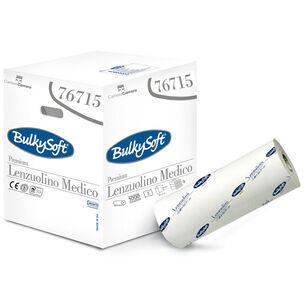

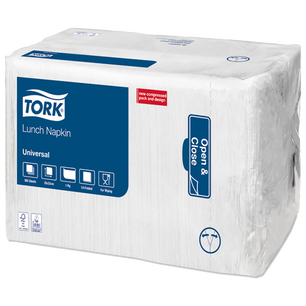
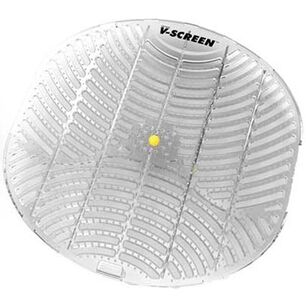



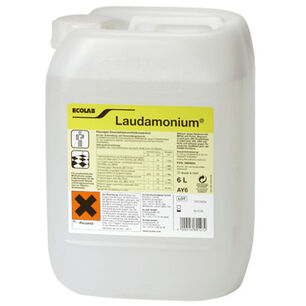



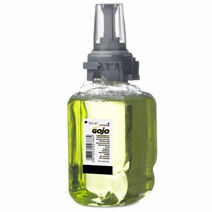

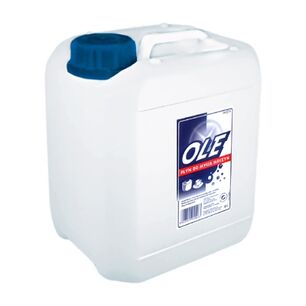

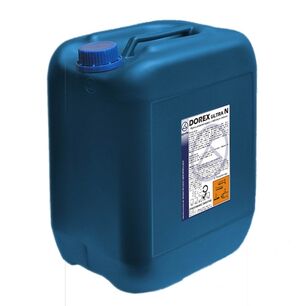
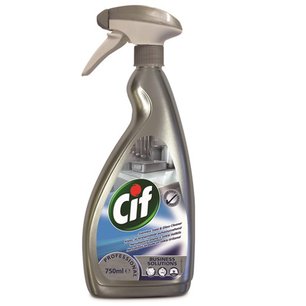
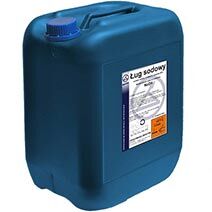
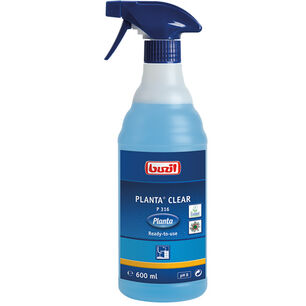
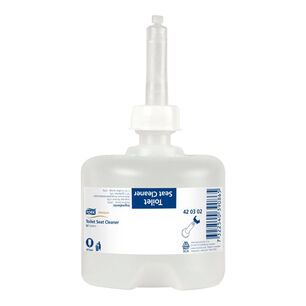


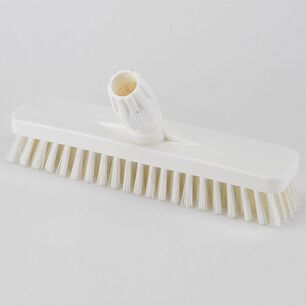

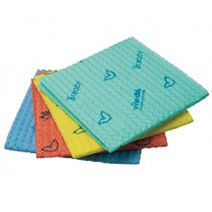
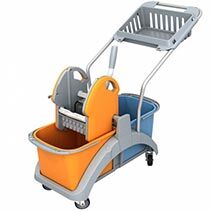
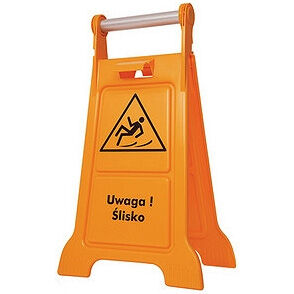
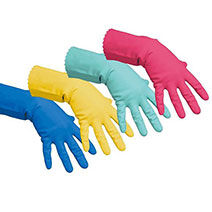
 English
English
 Český
Český
 Deutsch
Deutsch
 Español
Español
 Slovenská
Slovenská